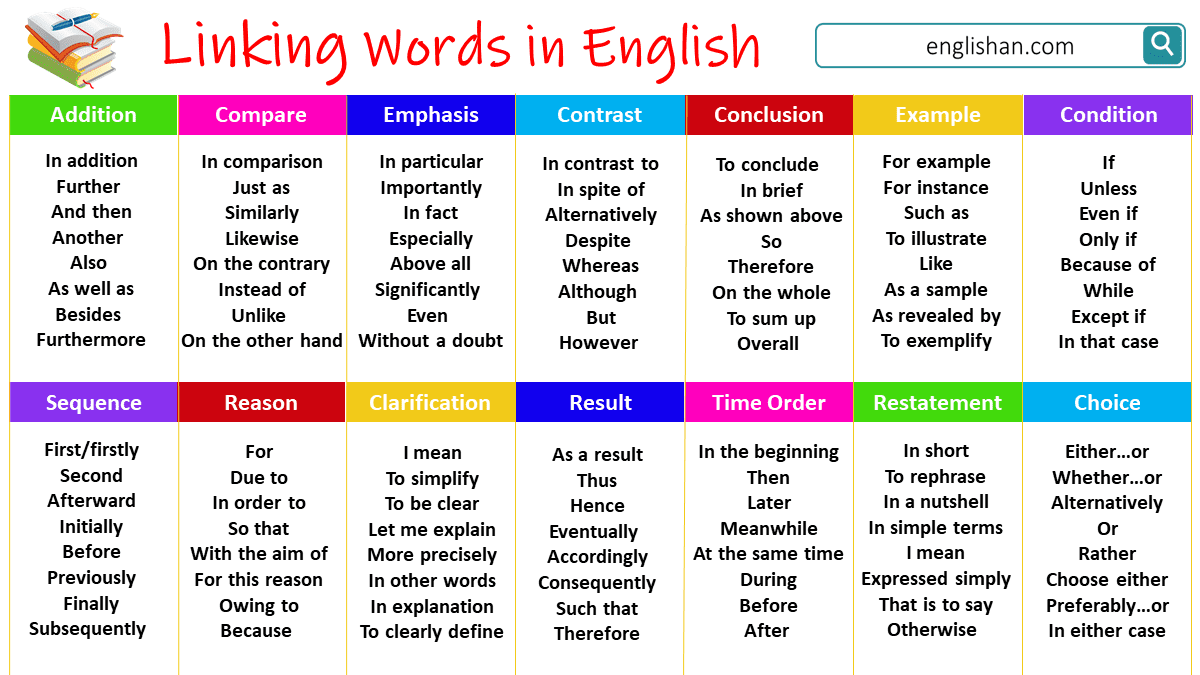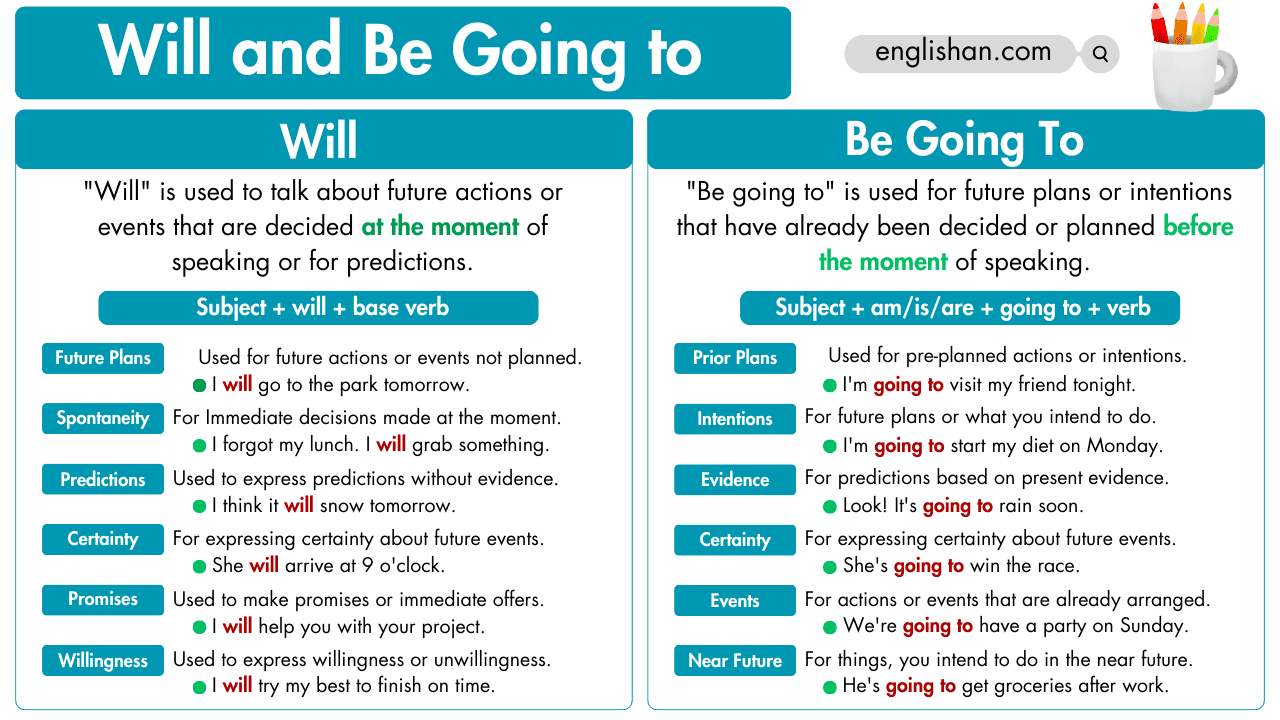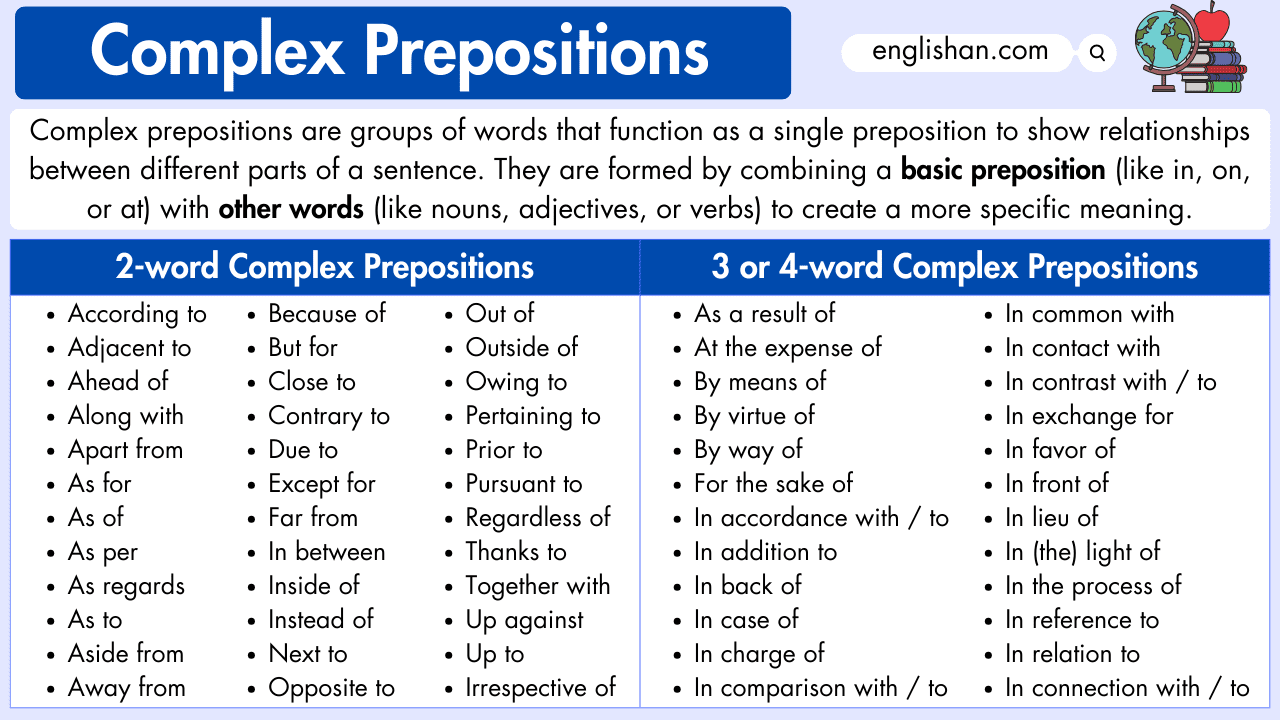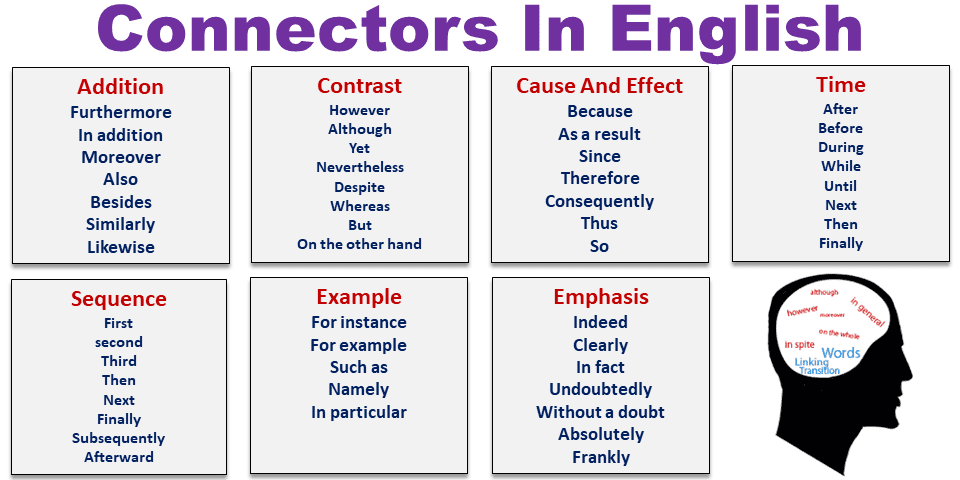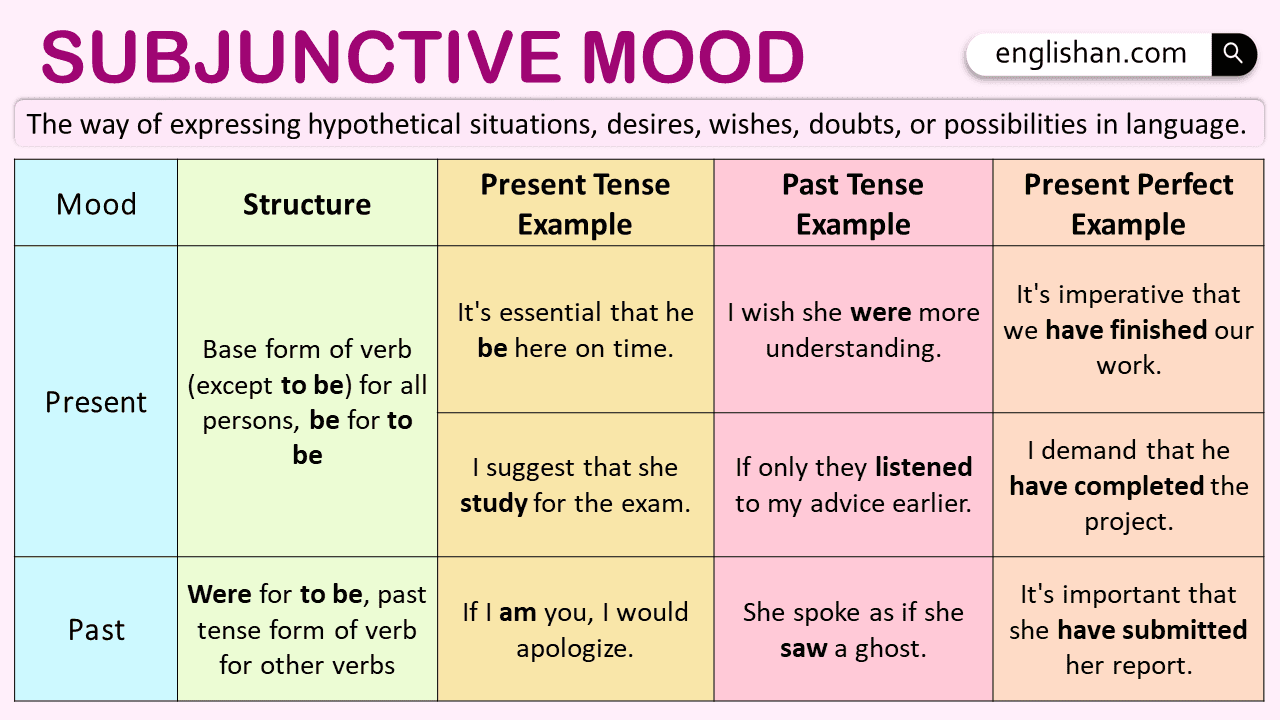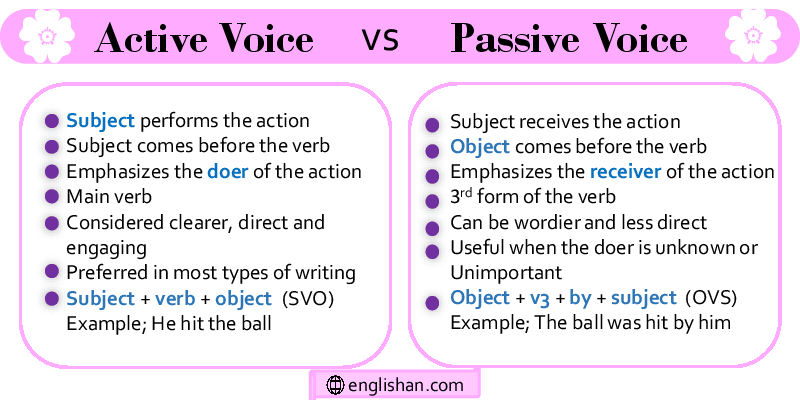Contents
English is often admired for its curious twists and surprises, and one of the most puzzling features for many people, whether they grew up with the language or picked it up later, is the set of words known as homophones. Homophones are terms that sound exactly the same but differ in meaning or spelling.
It’s easy to see how this could trip someone up, especially if you’ve ever had difficulty with there, their, and they’re, or wondered whether your or you’re is correct. Even individuals who have spoken English their entire lives can be confused by these word pairs.
This blog post will take a thorough look at homophones in English grammar. We’ll consider what they are, why they matter, and how to handle them with more ease. We’ll highlight some common pairs, discuss ways to remember them and show how to fit them into daily writing and speaking.
What Are Homophones?
Homophones are words that sound alike but differ in meaning, spelling, or both. You might have come across them in pairs like see and sea, or right and write. Sometimes, homophones share the exact spelling but refer to completely different things. More often, they have spellings that do not match, even though they sound the same.
Spoken English emphasizes how a word sounds, but written English focuses on how that word appears on the page. For example:
- Night and knight are pronounced identically, yet “night” refers to darkness after sunset, while “knight” is a medieval fighter or a title given as an honor.
Why Are Homophones Important?
Homophones play a crucial role in English because they can impact clarity and comprehension in both written and spoken communication. Misusing homophones can lead to misunderstandings or confusion. Understanding their differences helps avoid errors, especially in professional or academic writing.
Types of Homophones
Homophones can be categorized into two types:
Perfect Homophones
Perfect homophones are words that have the same pronunciation but differ in spelling and meaning. For example:
- Flour (used in baking) and flower (a part of a plant).
- Hour (a measure of time) and our (belonging to us).
Homographs as Homophones
Some homophones are also homographs, meaning they are spelled the same but have different meanings. For instance:
- Lead (a metal) and lead (to guide).
- Bass (a type of fish) and bass (a low musical tone).
Grammatical Role of Homophones in Sentences
Homophones often take on various grammatical roles such as nouns, verbs, or adjectives. For example:
- Bass (noun): The bass in the song is deep.
- Lead (verb): She will lead the team to success.
Understanding the grammatical role helps in choosing the correct homophone based on context.
Homophones and Subject-Verb Agreement
Homophones like it’s and its can confuse subject-verb agreement. For example:
- It’s: It’s going to rain today. (“It is” requires the verb “going.”)
- Its: The dog wagged its tail. (“Its” is possessive and doesn’t affect the verb.)
Homophones and Pronouns
Pronoun-related homophones such as there, their, and they’re require careful attention:
- There: Refers to a place or introduces a subject. There is a book on the table.
- Their: Shows possession. Their house is beautiful.
- They’re: A contraction of “they are.” They’re coming over tonight.
Punctuation and Homophones
Homophones like it’s and its or who’s and whose depend on punctuation for clarity:
- It’s: A contraction of “it is” or “it has.” It’s been a long day.
- Its: Indicates possession. The company updated its policy.
- Who’s: A contraction of “who is.” Who’s calling me?
- Whose: Indicates possession. Whose bag is this?
Homophones in Question Formation
Homophones can create confusion in questions if not used properly. For example:
- Who’s: Who’s responsible for this project? (Correct usage for “who is.”)
- Whose: Whose idea was it to start early? (Correct usage for possession.)
Commonly Confused Homophones with Examples
Let’s look at several common homophones that many people tend to mix up. Each group involves words that share the same sound but mean different things. While the list below doesn’t include every example, it highlights some of the most commonly used homophones.
1. There / Their / They’re
- There: Refers to a place or starts a sentence. Example: There is a book on the table.
- Their: Shows possession. Example: Their house is beautiful.
- They’re: A contraction of “they are.” Example: They’re planning a party.
2. Your / You’re
- Your: Shows ownership. Example: Your bag is on the chair.
- You’re: A contraction of “you are.” Example: You’re correct.
3. To / Too / Two
- To: A preposition or part of an infinitive. Example: I want to go.
- Too: Means “also” or “excessively.” Example: It’s too hot today.
- Two: The number 2. Example: I have two apples.
4. Its / It’s
- Its: Indicates possession. Example: The cat licked its paw.
- It’s: A contraction of “it is” or “it has.” Example: It’s a sunny day.
5. Than / Then
- Than: Used for comparisons. Example: She is taller than him.
- Then: Refers to time or sequence. Example: First finish your work, then go out.
6. Affect / Effect
- Affect: Usually a verb meaning “to influence.” Example: The weather will affect our plans.
- Effect: A noun referring to a result. Example: The change had a positive effect.
7. Hear / Here
- Hear: Means “to perceive sound.” Example: Can you hear the birds?
- Here: Refers to a location. Example: Put your coat here.
8. Compliment / Complement
- Compliment: A statement of praise. Example: She gave me a nice compliment.
- Complement: Something that adds to or enhances. Example: That scarf complements your outfit.
Tips for Avoiding Homophone Mistakes
Homophones can be tricky, but with practice, you can master them. Here are some tips to help you avoid mistakes:
1. Flashcards and Simple Illustrations
Create flashcards with homophones on one side and their meanings or example sentences on the other. Visual aids can reinforce understanding.
2. Mnemonics
Use memory aids to distinguish between homophones. For example, “dessert” has two “s” because you want seconds, while “desert” has one “s” because it’s dry and sparse.
3. Read and Listen Actively
Exposure to homophones in context through books, articles, and audiobooks can improve your ability to recognize and use them correctly.
4. Contextual Practice
Write new sentences with homophones in various contexts to reinforce their proper usage.
5. Collaborative Learning
Study with friends or peers and quiz each other on commonly confused homophones.
Common Errors and How to Avoid Them
- Misused Homophones in Writing: Proofread carefully to catch mistakes such as “their” vs. “there” or “your” vs. “you’re.”
- Overreliance on Spell-Checkers: Remember that spell-checkers may not detect homophone errors since both words are correctly spelled.
- Confusion in Speech: Clarify meaning using context or additional explanation when necessary.
FAQs
Homonyms is a broad category that can include homophones (words that sound the same) and homographs (words spelled the same but with different meanings or pronunciations). Homophones focus specifically on words that share a sound but may differ in spelling or meaning.
Focus on how they sound. If both are pronounced exactly alike but have different definitions or spellings, then they’re homophones. Words that appear similar in spelling but are pronounced differently don’t count as homophones; they might be homographs or simply unrelated words.
Occasional slips happen to everyone. It’s wise to proofread carefully before finalizing a piece of writing. Spell-checkers can spot some errors, but they don’t always help with homophones. Having a personal reference list or simply double-checking tricky pairs can cut down on mistakes.
English keeps changing, so it’s hard to have a list that includes every single pair. However, many websites and grammar texts provide extensive collections. Begin by focusing on the groups you come across most often, and expand from there as you grow more confident.
English features a lot of exceptions and a broad vocabulary. Sometimes homophone errors occur because of rushing, typing slips, or simple oversight. Even experienced speakers occasionally mix up “than” and “then,” for example. Being mindful of these pairs will lessen mistakes over time.
Conclusion
Homophones add a unique twist to English. They may seem confusing at first, but practical strategies make them more manageable. Focus on pairs like “there,” “their,” and “they’re,” or “your” and “you’re,” and use tools like flashcards, mnemonics, reading, and feedback. Over time, you’ll choose the right words more consistently, boosting clarity and confidence. While mistakes can happen, regular practice helps you master these tricky word pairs.
You May Also Like
